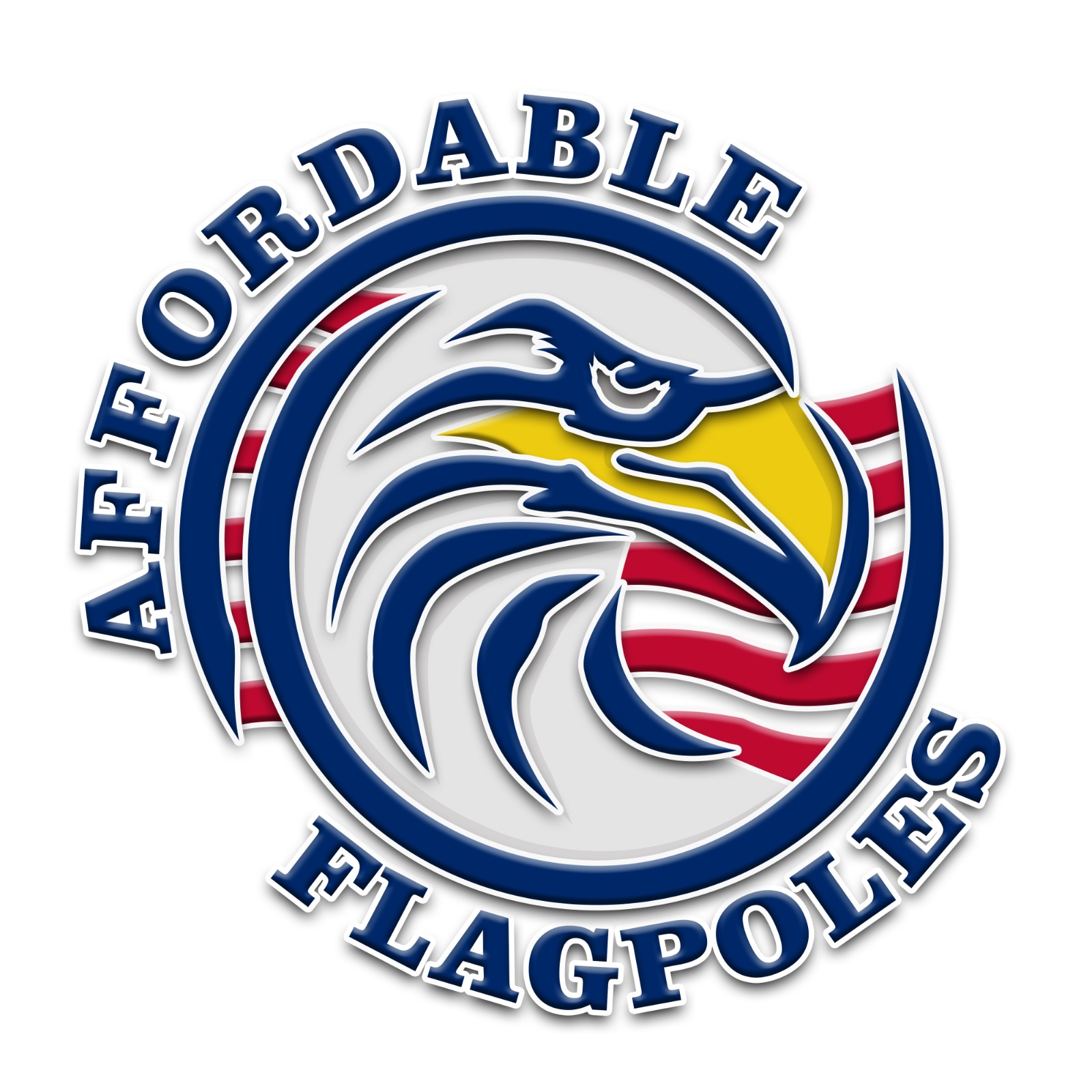Flagpole Anatomy
Flag Terminology: The Many Parts Of A Flagpole
If you’re like most people, you won’t be too acquainted with the various parts that makeup the flag and the flagpole. In fact, the flag and the flagpole may be the only terms you really know. However, in reality there are a lot of different components and accessories that combine to form the whole flag display.
Knowing about the various flag parts and terminology can be especially helpful when you’re purchasing a flag.
From a canton to a halyard, flagpole and flag parts have their own whole jargon. Listed below you will find the standard terminology generally used for referencing certain parts of flags and flagpoles.
The Anatomy Of A Flag
These parts make up to form what is known as the fabric part of the flag. These parts include:

- The Hoist
Hoist refers to the height at which the flag is being flown at. The term hoist is also used to refer to the edge part of the flag connected to the flagpole or staff. It is more commonly known as ‘hoist end’.
- The Fly
The fly of a flag can be in reference to three things:
• It is the length of the flag measured from the connecting point on the flagpole to the furthest point of the flag.
• The distance measured from one end of the canton to other free end of the flag.
• The length, or width, of an extended flag.
- The Header
The header, sometimes referred to as the hoist end is the part of the flag closest to the pole and is generally made of a folded material that overlaps the flag itself and contains the grommets or loops which are used to attach the flag to the halyard.
- The Grommets
The grommets are located in the header and are used to easily and conveniently attach and detach the flag from the halyard.
- The Fly End
The fly end is known as the flapping part of the flag that flies in the wind and can get easily frayed.
- The Canton
The canton is also known as the top inner most corner of a flag. It is usually found on the upper, left-hand corner of a flag.
- The Field
The field or ground represents the main body or area of the flag.
The Anatomy Of A Flagpole
These parts combine to form the flagpole of a flag display:

- The Pole
The main part is, of course, the pole. Poles come in a variety of materials including steel, aluminum, fiberglass and even wood. Flag fabrics are mostly attached to a supportive object such as a staff, a flagpole, a mast, or a flagstaff. Generally, when a flag needs to be flown outdoors, it is attached to a flagpole for support.
- The Truck
Trucks are the caps affixed at the top of a flagpole and usually have holes in order to attach pulleys or a housing in order to hold the pulley and hoist the flag up and down.
- The Pulley
Pulleys are either attached on the outside of the truck or housed inside of it and are used in conjunction with the halyard to hoist the flag up and down.
- The Snaps
Snaps are used to attach the flag to the halyard and are generally made of either a vinyl material or metal.
- The Finial
A finial or a staff ornament is a decorative piece attached at the uppermost part of the flagpole.
- The Halyard
Halyard of a flagpole is the cable or rope used to raise and lower the flag on the flagpole.
- The Cleat
The cleat is mounted a few feet from the base of the pole and is used to secure the bottom loop of the halyard to the pole.
- The Collar
The collar sets at the base of the pole and provides a decorative finished look to the top of the foundation.
- The Base
The base of a flagpole is one of its most important parts but is also the one that is never seen. It is the foundation of the flagpole and is generally made of concrete and should extend into the ground approximately 1/10 of the length of the exposed amount of the pole.

